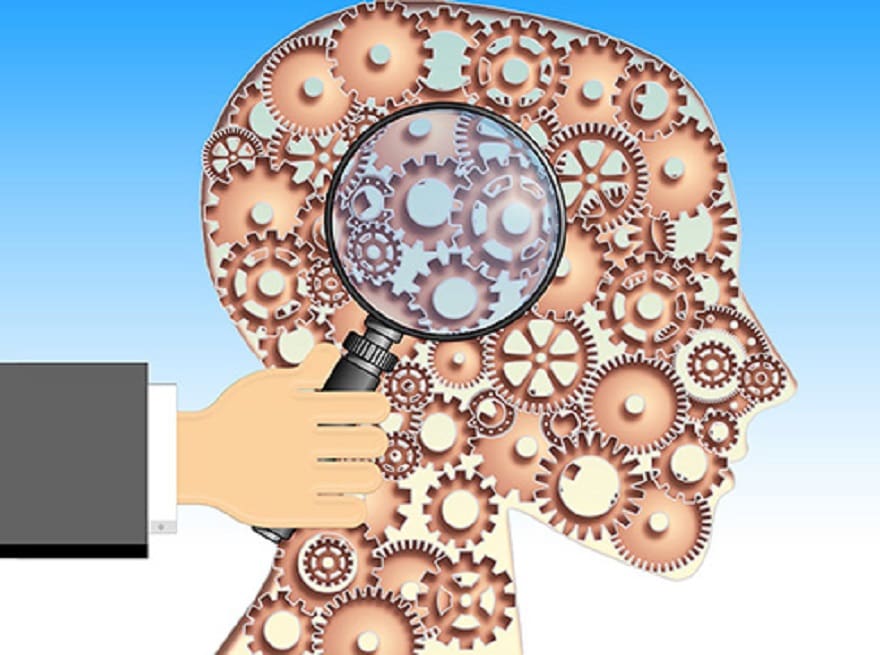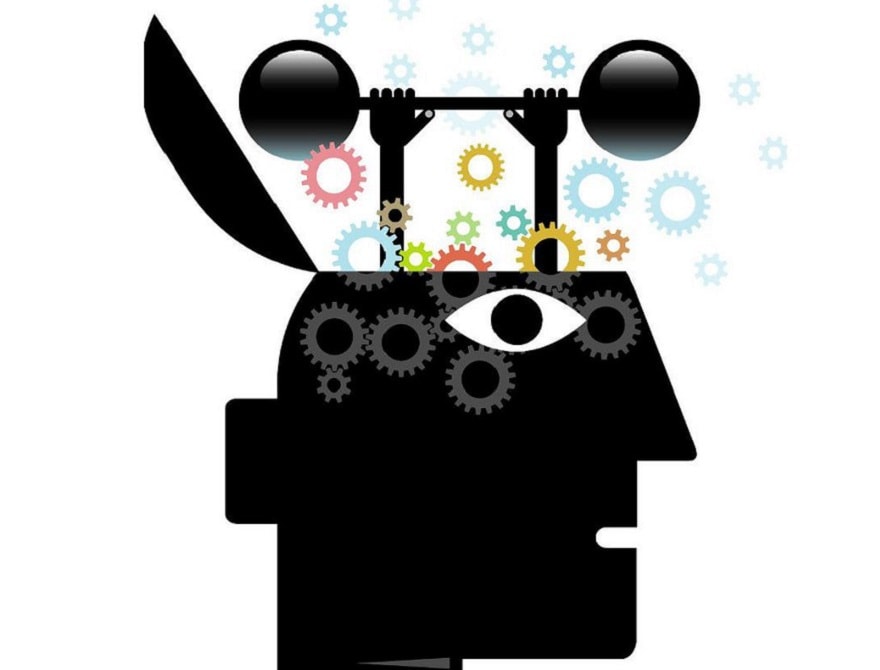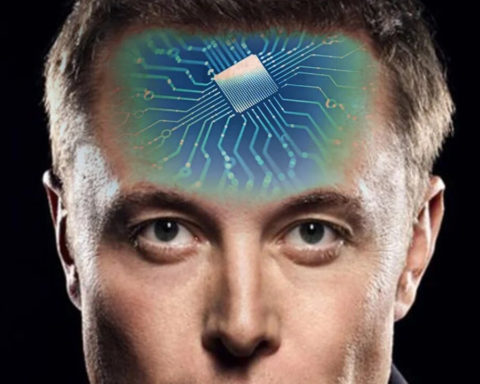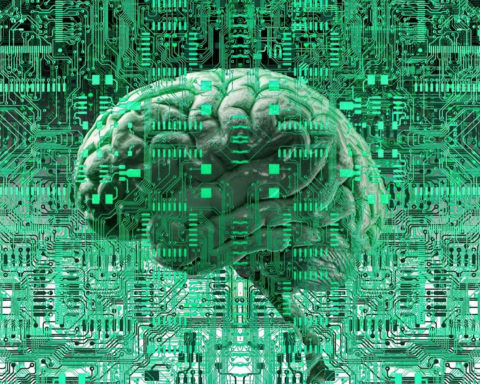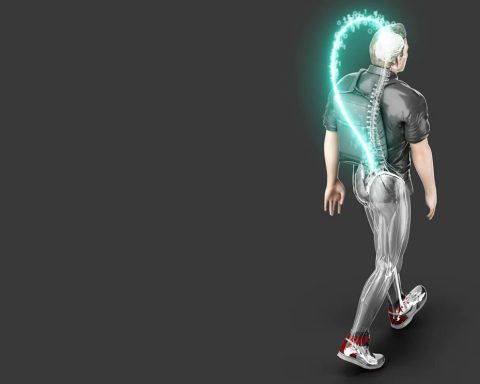Proposed changes

Critical thinking: knowing how to inhibit, confront, verify... Learning to resist one's own brain.
Creativity: combining pugnacity and trial and error with the soul of an explorer
The two new entrants: emotional intelligence and cognitive flexibility go well together
A new coherence to lead organizations


